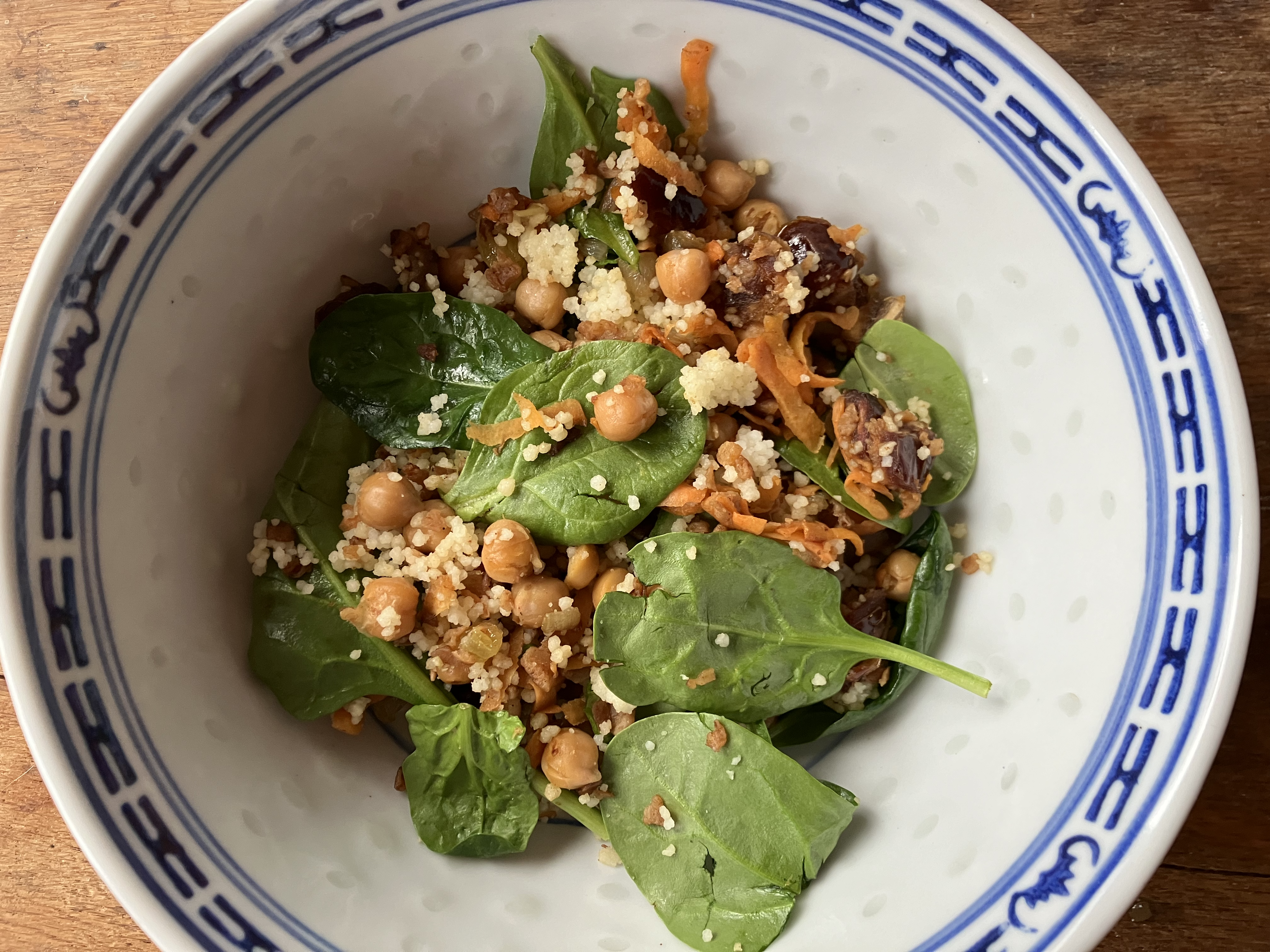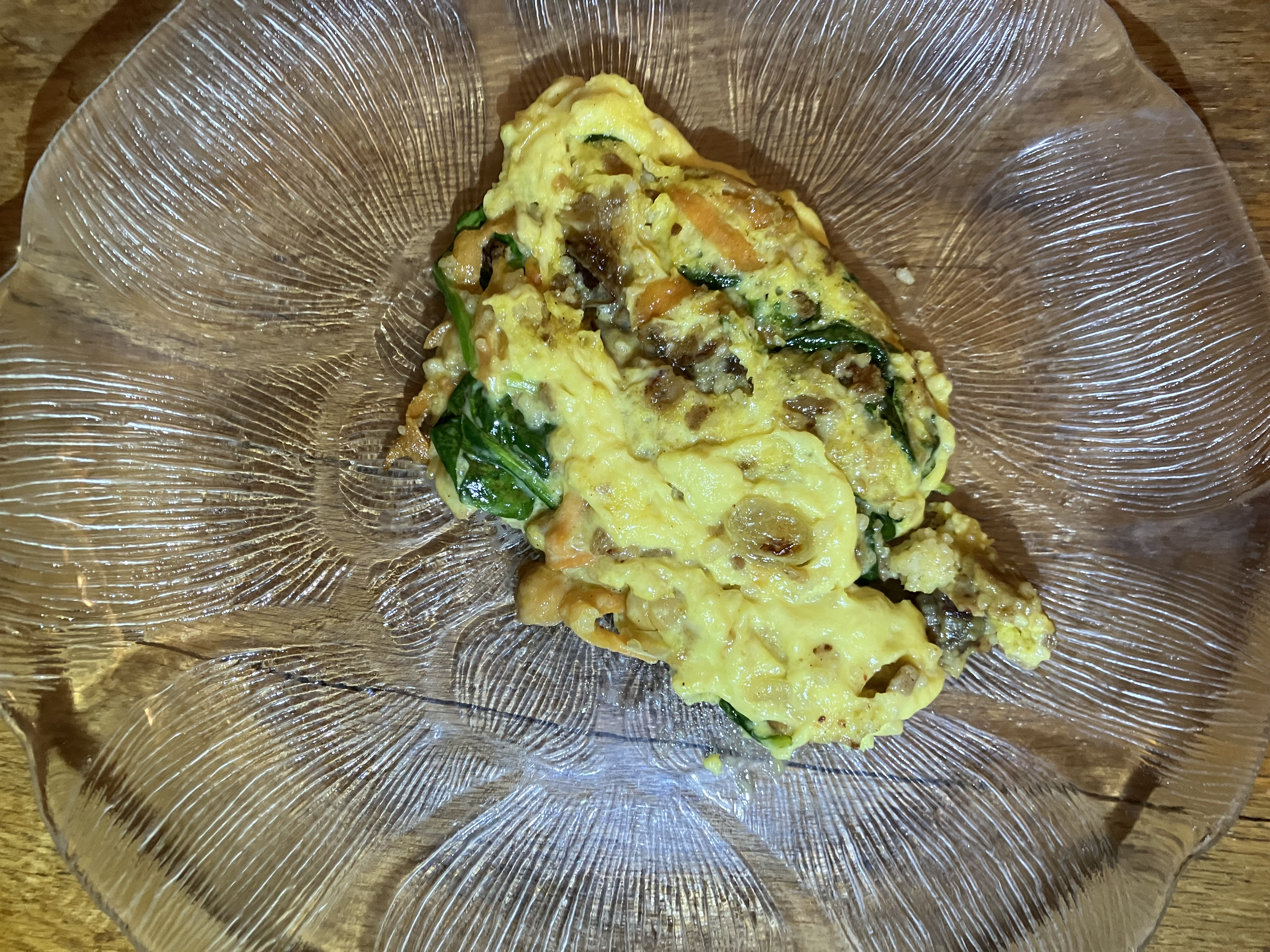|

Mo-Rockin' Monday Special
Lily V. (original recipe)
I didn't have much of an impression of Guam so I decided to show up at the library where I
volunteer a little early and see what I could find there. I thought maybe I could find a travel
book, but no. Finally I found a children's book called Nature Out of Balance: How Invasive
Species Are Changing the Planet by Merrie-Ellen Wilcox. Pages 20-21 briefly tell "The Story
of Guam and the Brown Tree Snake." It's not long but it is packed full of interesting
information so it's hard not to want to quote the whole thing. I will do my best to
paraphrase.
"The Story of Guam and the Brown Tree Snake"
Our story begins with the Second World War, when Guam, an island in the western Pacific Ocean,
was an important military base. The millennia of Guamanian history before this time are not
relevant to the tale we spin today.
Unfortunately, with all the military traffic among islands in the 1940s, the brown tree snake
was introduced to Guam where it quickly infested half and eventually the entire island. Ten bird
species went extinct along with several native species of bats and lizards. The brown tree snakes
even cause nearly daily power outages because they climb up utility poles and interfere with the
wires. It sounds like a mess! (I don't know if this still happens since some of these library books
are pretty old.)
Although kind of a funny problem to have, compared to, say, violent
subway crime.
I will interject that the term "invasive species" is somewhat contentious among certain circles
of ecologists. They will point out that it's not really the species' fault that they cause
ecological damage when introduced to completely novel circumstances. They emphasize that it is
humans who are facilitating the species' introduction or who fail to control its spread once it's
introduced. These ecologists prefer the term "opportunistic species" to describe the brown tree
snake and its ilk.
And Merrie-Ellen Wilcox reminds us that, indeed, it is not the brown tree snake that is solely
to blame. "...Guam's ecosystems had already been severely damaged, first by the clearing of forests
to make way for coconut plantations, then by bombing during the war, clearing of land for the
military base and all the housing and other development needed to support it, and finally by
the spraying of pesticides to rid the island of mosquitos carrying malaria." Whew. That's the
story. It's not easy being a small Pacific island of strategic military significance!
I don't usually get distracted by things like official bird, but in this case I thought it would
be interesting to investigate. I was not disappointed. I am kind of lazy and there is no way I can
phrase this better, so here is a long quote.
"Known to Chamorros as the ko'ko', the Guam rail is the territory's national bird. For almost
40 years, the species had been extinct in the wild because of the invasive brown tree snake....
But in 2019, the Guam rail was successfully reintroduced into the wild and is now classified as
critically endangered. It's only the second bird in history to recover from extinction in the
wild." (Source
, an interesting read strangely also for kids.)
Birds going extinct is triggering to some of us, so this is a weird combination of hope and
despair. I know I present a very ecological perspective on Guam and votes are not an ecosystem
service, but this is what I discovered at the library so I won't apologize.
Ingredients
- 1/4 cube Vegetable bouillon
- 1/8 tsp. ground Cloves (optional)
- 1 7.5-oz. can Chickpeas, drained
- Romain leaves (optional), for serving
Preparation
Combine couscous and 1/2 cu. water in a small pot. Bring to a boil, then cover and
remove from heat. Wait 5 minutes, then fluff with a fork.
Microwave 1/3 cu. water for 1 minute. Stir in bouillon and microwave another 30 seconds.
Then pour over TVP and set aside to hydrate.
Heat oil in large pan. Saute shallots for about 3 minutes. Then add TVP and saute another
3 minutes. Then add spices and garlic and cook 1 minute. Add carrot, chickpeas, and dried fruit
and cook 5 minutes more. In a large bowl, combine contents of the pan with couscous and baby
spinach.
Discussion

This was cool and made my house smell delicious. I think most of these recipes could be a little
more heavily seasoned, but since she is playing around with bold spices, I wouldn't know how far to
push it. I think what it could have really used was a sauce. This was before I read about
finadenne which is the obvious answer. Instead I decided to make a Guamlet, and it was
good but less authentic.
|